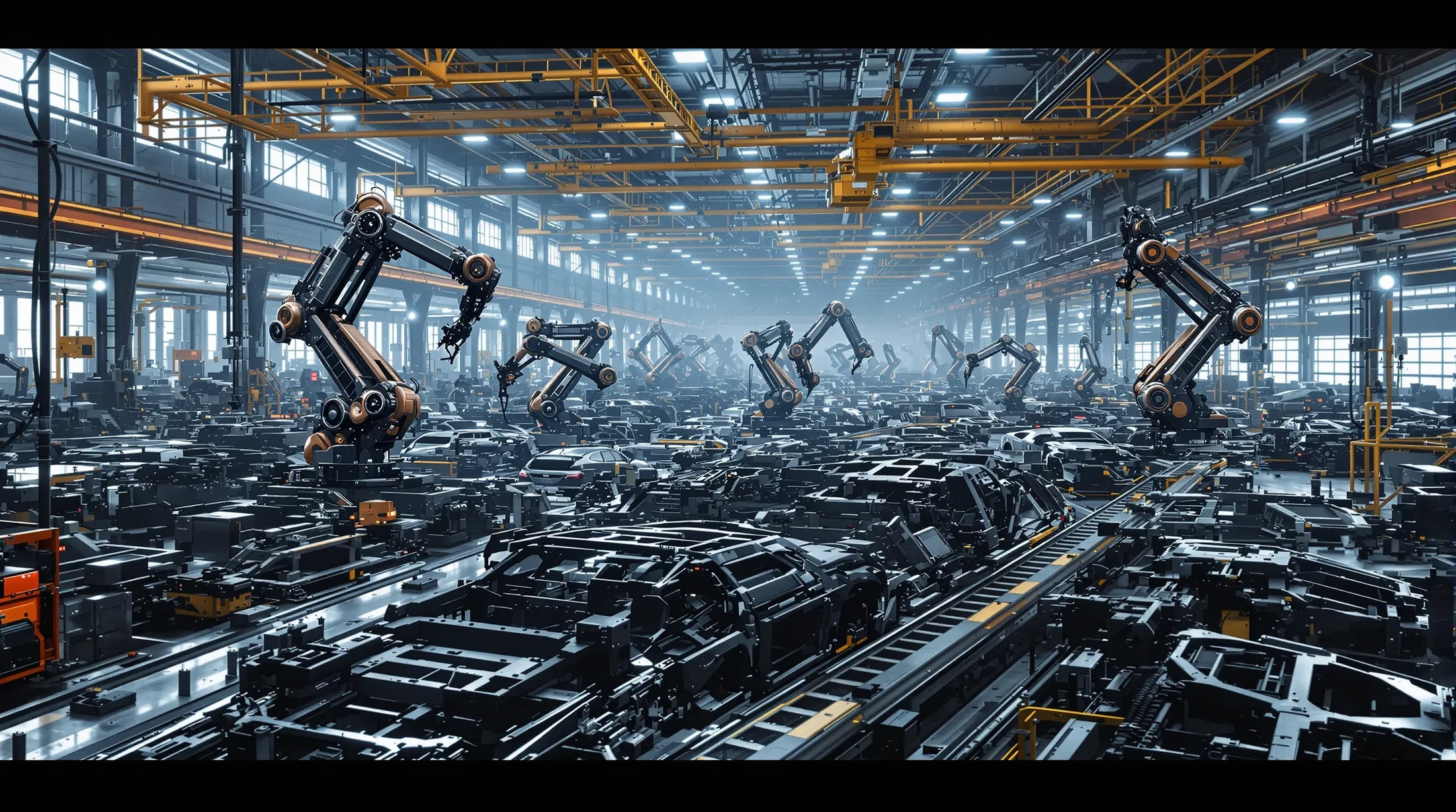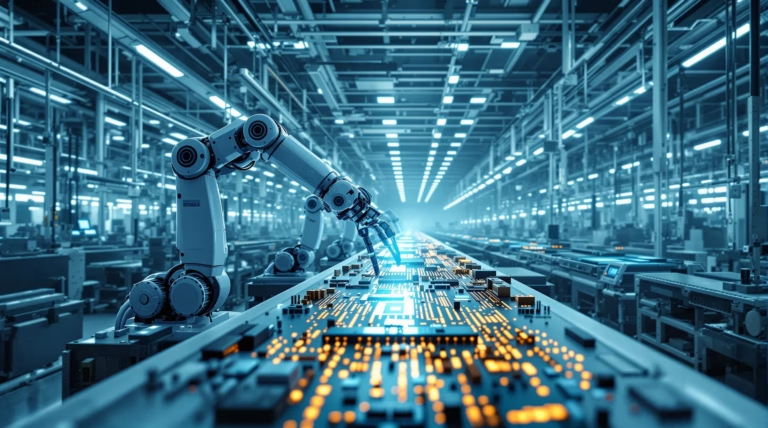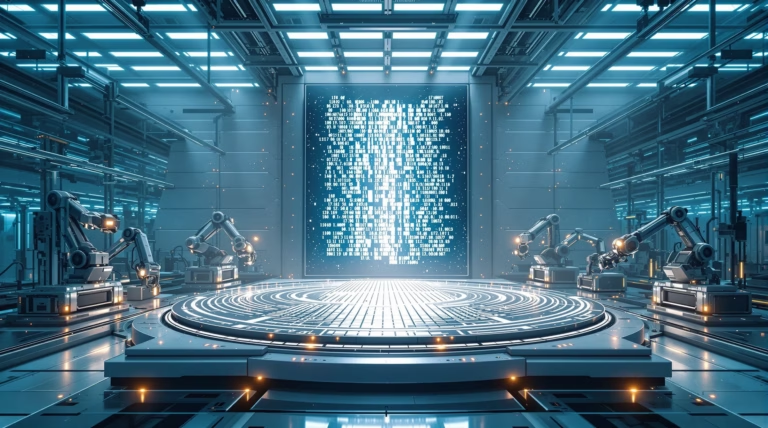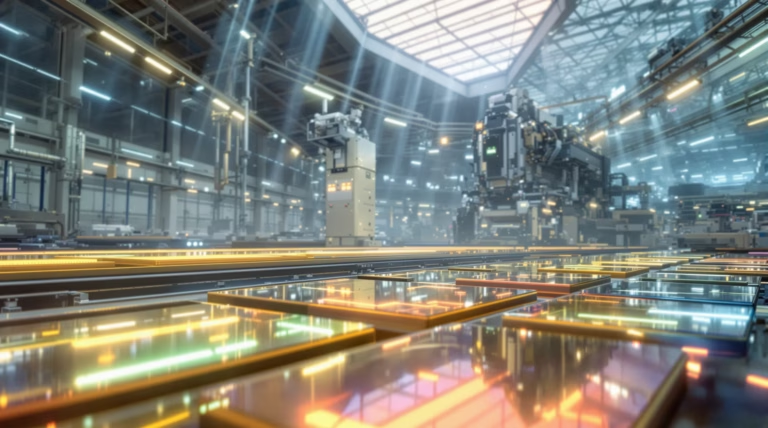Car Manufacturing: A Comprehensive Guide to the Process and Industry
The automotive manufacturing industry represents one of the most dynamic and transformative sectors of the global economy. From pioneering assembly lines to modern AI-driven production facilities, this comprehensive guide explores the intricate world of car manufacturing, its evolution, and its future trajectory.
Overview of the Car Manufacturing Industry
The car manufacturing industry encompasses a vast network of companies and activities dedicated to motor vehicle production. This trillion-dollar sector employs millions worldwide, both directly and indirectly, through component manufacturing, assembly, and related services.
Modern automobile production has transformed from artisanal craftsmanship into a sophisticated, technology-driven process. Today’s manufacturing facilities utilize:
- Advanced robotics and automation systems
- Artificial intelligence and machine learning
- Innovative materials and composites
- Smart factory technologies
- Environmental sustainability measures
History and Evolution of Car Manufacturing
The automotive industry’s journey began in the 1860s with the concept of horseless carriages. The most significant breakthrough came in 1913 when Henry Ford introduced the moving assembly line, reducing vehicle production time from 12.5 hours to just 93 minutes.
| Era | Key Developments |
|---|---|
| 1860s-1910s | Manual assembly, craft production, limited volumes |
| 1920s-1950s | Assembly line production, mass manufacturing |
| 1960s-1980s | Introduction of robotics, automated systems |
| 1980s-2000s | Lean production, just-in-time inventory |
| 2000s-Present | Digital manufacturing, AI integration, electrification |
Key Players in the Automotive Industry
The global automotive landscape features several dominant manufacturers that drive innovation and set industry standards. Traditional powerhouses include:
- American Giants: General Motors, Ford, and Chrysler (now part of Stellantis)
- European Leaders: Volkswagen Group, BMW, Mercedes-Benz
- Asian Innovators: Toyota, Honda, Hyundai
- New Disruptors: Tesla, BYD, Geely
The Car Manufacturing Process
Modern vehicle production combines precision engineering with advanced automation, creating a sophisticated multi-stage operation. This process integrates cutting-edge technologies with human expertise to meet stringent quality standards and regulatory requirements.
Design and Engineering
The initial phase of vehicle creation involves comprehensive design and engineering processes, utilizing:
- Computer-Aided Design (CAD) software for detailed modeling
- Virtual testing and simulation platforms
- Advanced materials science research
- Design for Manufacturability (DFM) principles
- Aerodynamic and structural analysis tools
Assembly and Production
The assembly and production phase transforms vehicle designs into physical reality through a precisely orchestrated process combining robotic automation with skilled human labor. This symbiotic relationship optimizes efficiency where machines handle precision tasks while workers manage complex assembly operations requiring judgment and flexibility.
- Body Shop – Sheet metal stamping and welding into structural frames with robotic welders performing thousands of precision welds
- Paint Shop – Electrostatic application and curing in specialized ovens
- Final Assembly – Integration of powertrain, electrical systems, interior components, and exterior trim
- Just-in-time Inventory – Components arrive at workstations precisely when needed
- Quality Control – Computer vision systems verify assembly accuracy throughout the process
Advanced manufacturing technology enables remarkable production rates, with some facilities completing a new vehicle every minute while seamlessly accommodating different models and specifications on the same line.
Testing and Quality Assurance
Modern automotive quality assurance employs a comprehensive, multi-layered approach integrated throughout the production process. Each vehicle undergoes rigorous testing to ensure compliance with safety, performance, and quality standards.
- Dynamic Testing: – specialized tracks and dynamometers verify engine performance, braking, and handling
- Systems Verification: – thorough evaluation of electronics, infotainment, and all vehicle features
- Environmental Testing: – water pressure tests and simulated weather conditions check for leaks
- Finish Inspection: – specialized light tunnels reveal minor paint or surface imperfections
- Statistical Analysis: – process control monitoring identifies potential issues before they become widespread
Trends and Innovations in Car Manufacturing
The automotive industry continues to evolve beyond traditional efficiency improvements, embracing cutting-edge technologies that transform both manufacturing processes and vehicles themselves. Advanced robotics, artificial intelligence, and sophisticated materials science create increasingly complex products that meet modern consumer expectations and regulatory requirements.
Innovation now encompasses the entire production ecosystem, from 3D printing for prototyping to non-destructive testing methods for quality control. This digital transformation represents a new era where sustainability, connectivity, and advanced manufacturing techniques converge to reshape the industry’s future.
The Rise of Electric Vehicles
Electric vehicles have fundamentally transformed the automotive landscape, evolving from a niche market to a central focus for global manufacturers. This shift stems from multiple factors:
- Battery technology breakthroughs with 90% cost reduction over the past decade
- Increasing environmental awareness and regulatory pressures
- Evolving consumer preferences towards sustainable transportation
- Establishment of specialized production facilities for batteries and electric powertrains
- New supply chain dependencies for critical materials like lithium and cobalt
With EVs projected to represent over 50% of new vehicle sales in major markets by 2030, manufacturers who successfully navigate this transition will define the industry’s future while advancing sustainable transportation solutions.
Impact of Technology and Automation
Modern automotive manufacturing has undergone a revolutionary transformation through automation, evolving from basic mechanical assistance to sophisticated AI-powered systems. Today’s manufacturing facilities employ advanced robotic systems that execute tasks with unprecedented precision and efficiency.
- Robotic welding systems performing thousands of welds with sub-millimeter accuracy
- Computer vision-guided installation of components like windshields
- AI-powered quality control and inspection systems
- Predictive maintenance algorithms preventing equipment failures
- Digital twin technology for process optimization
- Industrial Internet of Things (IIoT) sensor networks
The emergence of smart factories represents the pinnacle of this technological evolution, where data-driven decision-making and autonomous systems work in perfect harmony. These facilities leverage vast datasets generated by thousands of connected sensors to drive continuous improvement in both efficiency and quality standards.
Challenges and Future of the Automotive Industry
| Challenge Category | Key Issues |
|---|---|
| Supply Chain | Semiconductor shortages, material cost increases, delivery delays |
| Workforce | Skilled worker shortages, need for new technical expertise |
| Competition | Tech startups, international players, new business models |
| Investment | Capital requirements, thin profit margins, technology development |
Environmental and Regulatory Challenges
The automotive industry faces increasingly stringent environmental regulations across global markets. Manufacturers must navigate complex emissions standards while preparing for fundamental shifts in powertrain technology.
- Progressive emissions limits in EU, California, and China
- Corporate Average Fuel Economy (CAFE) standards compliance
- Planned bans on internal combustion engines (UK by 2030, EU by 2035)
- China’s dual-credit policy system for electric vehicles
- Lifecycle environmental impact considerations
Global Market Dynamics
The automotive industry has evolved into a truly global ecosystem, with emerging markets reshaping traditional power dynamics. China’s dominance in both consumption and electric vehicle production exemplifies this transformation, while geopolitical tensions continue to influence manufacturing strategies.
- BRIC markets’ growing influence on global automotive trends
- Shift toward localized production strategies
- Impact of international trade tensions on supply chains
- Software-defined vehicles disrupting traditional hierarchies
- Varying infrastructure development across markets
- Regional consumer preference considerations







